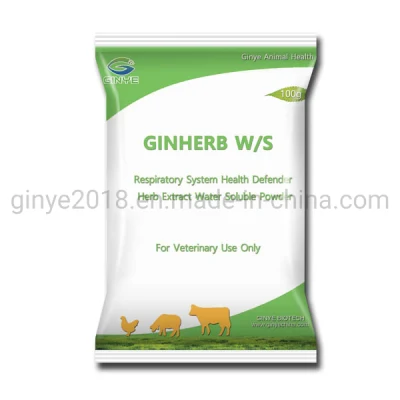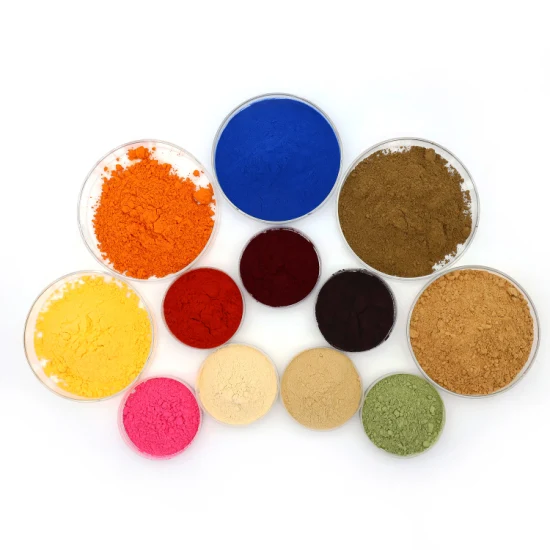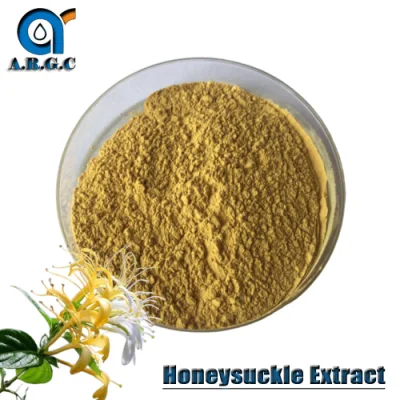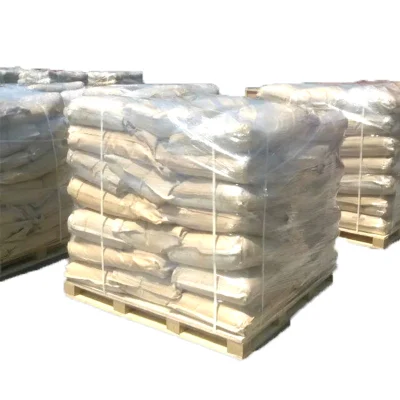
Poultry Respiratory System Herb Extract
Basic Info
| Specification | 1kg, 5kg |
| Trademark | Ginye |
| Origin | China |
| Production Capacity | 10000kg/Year |
Product Description
GINHERB WS
Respiratory System Health Defender
Herb Extract Water Soluble Powder
COMPOSITION:
Liquorice Extract ≥ 50 mg
Astragalus Extract ≥ 50 mg
Carrier upto 1 g
lNDICATIONS:
1. Improve animal immunity, protect respiratory tract mucosa, anti-inflammation , anti-infection.
2. Prevent and treatment respiratory tract disease caused by virus and bacterial mixed infection.
(such as IB salmonella E.Coli Staphylococcus aureus typhoid bacillus etc)
3. Green healthy, antibiotic free, comply with food safety requirement.
DOSAGE AND ADMINISTRATION:
For Oral Administration
Poultry: 1 g per 1L-1.5L water for poultry drinking 5-8 hours.
WITHDRAW PERIOD: None
STORAGE: Store in dry & cool place, 5-25 ºC. Store in closed packing.
PACKING: 100 g 250 g 500g 1 kg Bags
VALIDITY: 2 years
Poultry Livestock Respiratory System Mixed Infection Prevent and Treatment
In recent years, whether in broiler farming or laying hen farming, a kind of upper respiratory tract disease mainly caused by nose throwing, coughing and snoring has been popular, which has seriously affected the growth and survival rate of broiler and laying hens. If the treatment is not timely, mixed infection with E. coli and influenza or secondary infection will greatly increase the mortality of chickens. The occurrence of these diseases is closely related to air sac disease. In fact, "air sacculitis" is not a name for poultry disease. It is a manifestation of respiratory syndrome caused by mixed infection of multiple pathogens.
1. The cause of the disease is generally in summer and autumn.
The poultry house has good air circulation and good air quality. Therefore, the incidence of air sacculitis in flocks is very low. However, in winter and spring, the weather is cold. In order to keep the chickens warm, chicken farmers close the doors and windows of the chicken house very tightly, which makes the air in the chicken house unable to be exchanged with the outside world. The farmers did not realize that after the chicken house is sealed, the lack of air circulation will bring serious side effects, that is, when the temperature of the chicken house is high, the fermentation and decomposition speed of manure is fast, which will inevitably cause NH3, SO2, CO, CO2, etc. in the chicken house. The concentration of harmful gases increases, plus feather debris in the air and feed dust are the carriers of various pathogenic microorganisms. They enter the airbags with the breathing movement of the chicken. Once these harmful gases stimulate the respiratory mucosa and airbags of the chicken for a long time, it will It will destroy the integrity of the respiratory barrier system and cause serious damage to the mucosa and air sacs of the respiratory system, thus opening a door for the invasion of other pathogens. In this case, Aspergillus, E. coli, Mycoplasma and various viruses in the air cause inflammation after entering the air sacs, and a variety of respiratory diseases, intestinal diseases, and influenza will follow. At the same time, birds have no septal muscles, and the thoracic cavity and abdominal cavity are connected as a whole. Therefore, once the air sacs are infected, the thoracic and abdominal cavity will be infected together. Finally, due to a large number of bacterial infections, the body's self-poisoning or the virulent infections due to physical weakness can cause a large number of deaths of chickens, which is the main reason for the failure of breeding.
2. Clinical symptoms
2.1. Mycoplasma gallisepticum disease is caused by Mycoplasma septicum, with gasping, coughing, sneezing, rhinitis, and ophthalmia as the characteristics of the disease. Manifestations of early runny nose, cough, sinusitis, conjunctivitis, ophthalmia, eyes become slender, and there are bubbles in the eyes. In severe cases, bronchitis, there are rales in the respiratory tract, and the rales are more pronounced at night, especially in the dead of night. Later, the eyelids are swollen. In severe cases, the upper and lower eyelids are sticky, protruding like a tumor, and the eyeballs shrink. Often manifests three light and three heavy: lighter when medication, heavier when stopping: lighter when the weather is good, heavier when the weather changes suddenly or even cloudy; lighter when the feeding management is good, and vice versa.
2.2. Colibacillosis Colibacillosis and Mycoplasma gallisepticum are a pair of sister diseases. If chickens are infected with Mycoplasma gallisepticum and are not treated in time, they will inevitably develop E. coli infection. At this time, they will manifest as depression, loss of appetite, and drinking. Increased cravings, facial swelling, mostly on one side, rarely swelling on both sides of the face at the same time, no nasal fluid outflow, pulling yellow, green, white feces, and increasing death.
2.3. Chicken Swollen Head Syndrome After the mixed infection of Mycoplasma gallisepticum and Escherichia coli mentioned above, when a mild influenza virus infection occurs, swollen head or facial cellulitis will occur. At the beginning of the disease, the chicken sneezed and shed tears, and then swelled around the eyes and inflamed the conjunctiva. Due to the swelling of the lacrimal glands, the inner corner of the eye was protruding in an oval shape, causing the eyes to close and form a straight shape. There are also sick chickens with subcutaneous edema on the entire head, some with subcutaneous edema in the lower jaw and the upper third of the neck, and some chickens with swelling of the beard. The area of subcutaneous edema was initially fluctuating, and gradually became firm and juicy cellulitis. At this time, the sick chickens are extremely depressed, unwilling to walk, their appetite is reduced, the broiler and laying chicks grow slowly, and the laying rate of laying hens decreases. For broiler breeders and commercial laying hens, in addition to the observed head swelling, the laying rate of laying hens has decreased, and the hatching rate of breeding eggs has also decreased.
3. Prevention and control
3.1. To do a good job of environmental sanitation inside and outside the house, it is necessary to frequently discharge manure, pay attention to the ventilation of the chicken house, and keep the air fresh in the chicken house. This is the key measure to prevent air sacculitis.
3.2. Chicken coops should be disinfected regularly. Use conventional disinfectants and Chinese herbal medicines that can be fumigated with chickens. It can not only kill viruses and bacteria in the air, but also neutralize bad odors in the air and keep the air fresh in the house.
3.3. Preventive vaccination The immunization of Mycoplasma gallisepticum vaccine and avian influenza vaccine should be done on time.
3.4. After the onset of treatment, sensitive aminoglycoside antibiotics and macrolide drugs can be used in combination with the Herb Extact medicine astragalus polysaccharide liquorice extract twice daily to use improve immunity and antivirus. According to the condition, it can also be combined with Chinese medicine for clearing the lungs and throat, resolving phlegm and relieving cough, and repairing the respiratory tract and intestinal mucosa, vitamin AD3, cod liver oil, etc.






